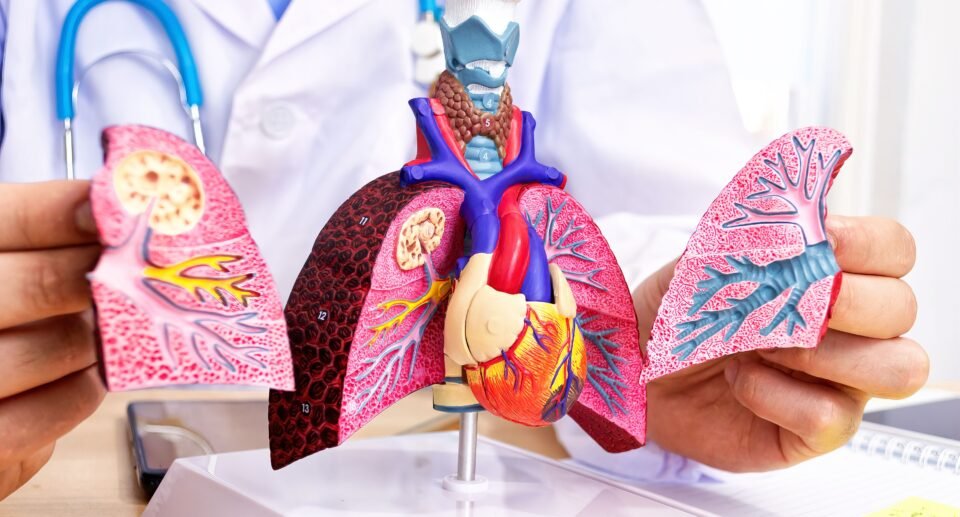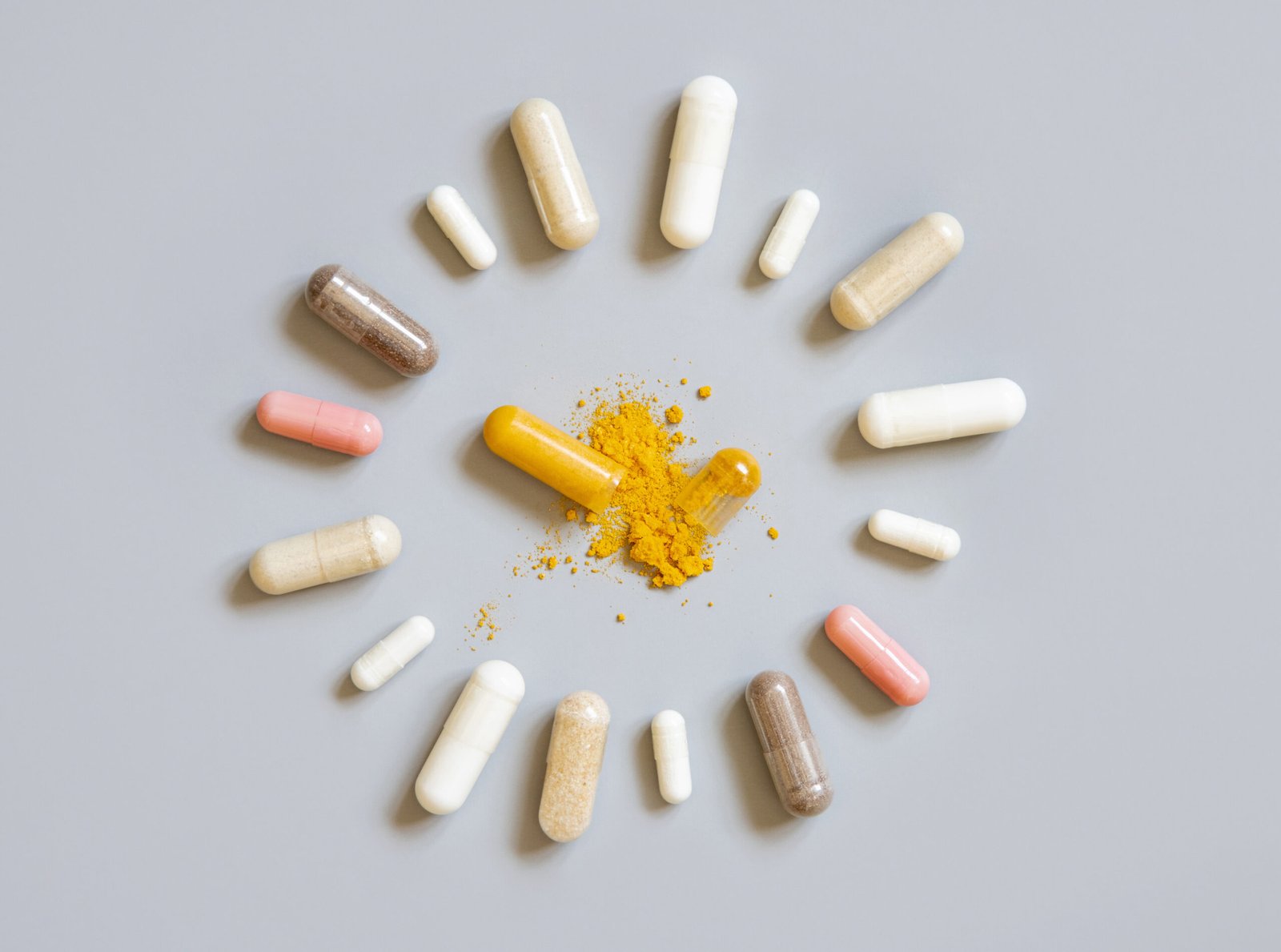Sexually transmitted disease
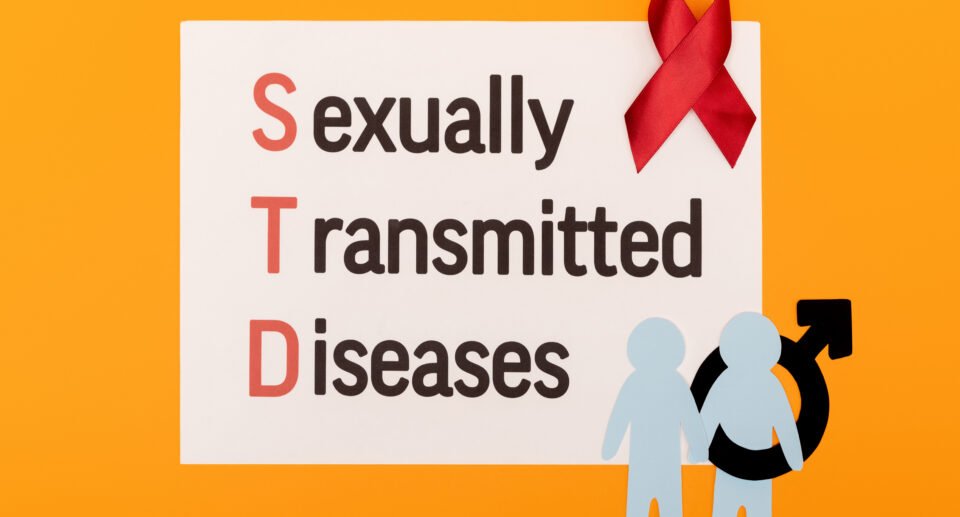
Sexually transmissible infections (STIs) are infections that spread from one person through sexual acts to another person. This consists of penetrative heterosexual, homosexual, and oral sexual intercourse. Most of the STIs, however, can be avoided.
STIs are predominantly contracted through sex involving one partner’s penis and the other’s vagina, however, their transmission can take place anal and mouth sex as well as some instances of kissing with wide gaping mouths.
STIs when acquired often do not certify severe presentation. It went easier. This, however, means the infection can be silent.
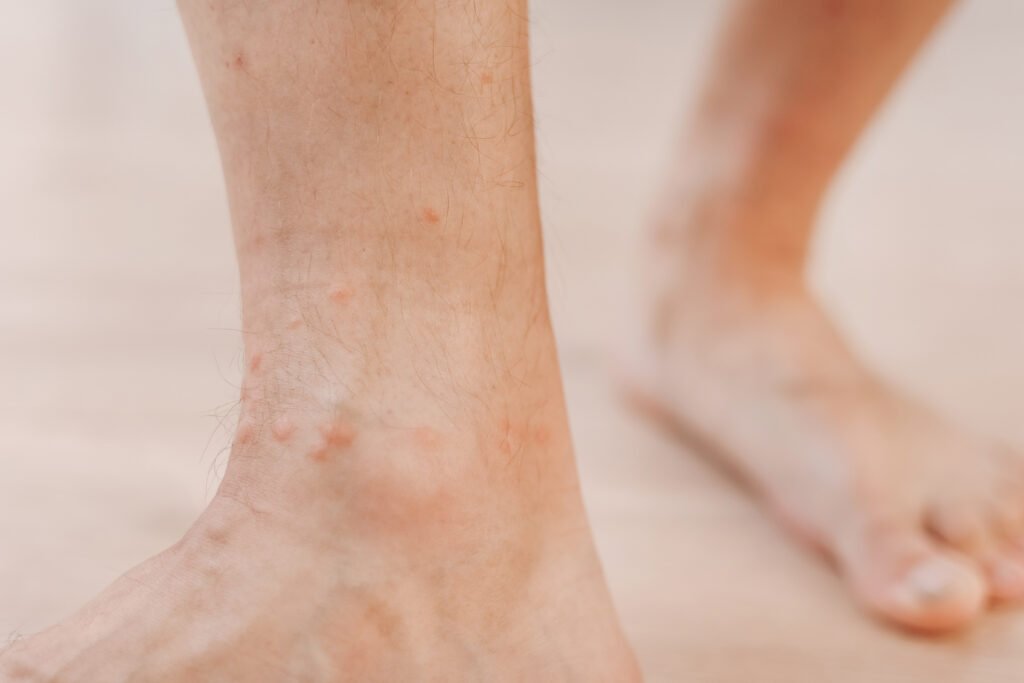
In the case of sexually active women, they should undergo regular STI screening. STIs are dangerous, but they can be prevented by better awareness.
It is responsible for rising STI cases in the U.S. As the social and legal conditions continue to improve, infectious diseases remain a bane and thus March is a celebratory moment.
Dr. Dumford.State-sponsored necessary actions may only be performed after gaining effective syphilis control in a patient. Her visual acuity is no more, and she is disfigured or helpless due to other restrictions.
This is addressed to what Dr. Dumford said most universal methods reachable ideally are the safest and most effective measures of prevention and control of the infectious spread of STIs including the use of barrier contraceptives for example, the use of condoms and the engagement in routine screening. The action of consulting a physician should not make you feel embarrassed unless you are sure or suspect that you have been infected with an STI.
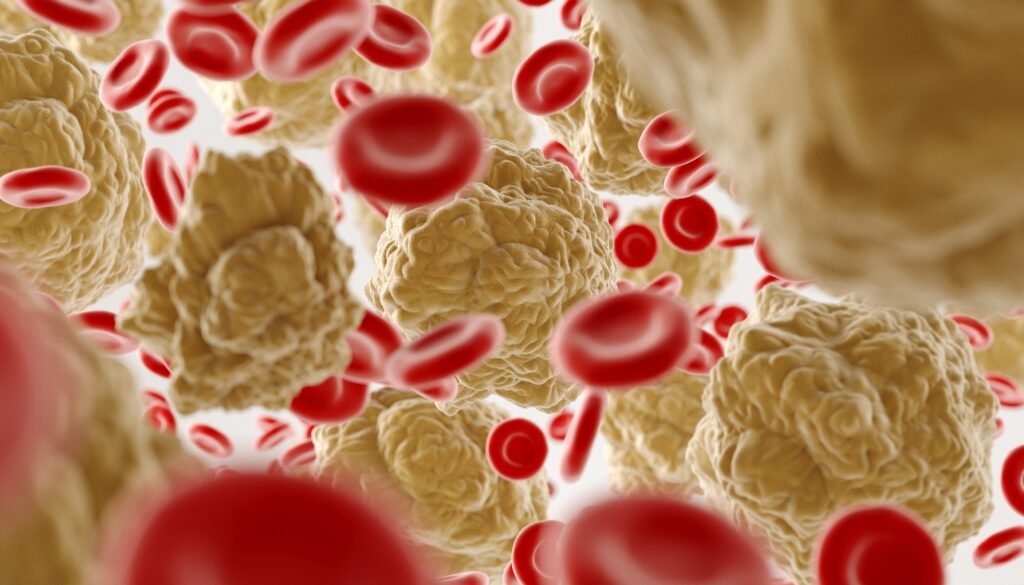
Cleveland Clinic is a nongovernmental health institution that integrates clinical practice with research and education. Situated in the city of Cleveland Ohio, it was opened in the year 1921 by 4 famous doctors who wanted to combine several modern approaches to healthcare and showed commitment to this idea.
The range of medical achievements of the Cleveland Clinic includes the performance of the first coronary bypass surgery, the first in the United States to face transplant, and many more. The travelers know the clinic not only within the country but also due to its medical performance the world over.
In the year 2023, the health facility had attended to 13700000 of its patients in the outpatient ward, 323000 sick patients in hospitals, and 301000 procedures and surgeries carried out even the patients. All patients came from 50 states and 132 countries.
In this article, we will explain some of the noted STIs, focusing on their transmission, available tests, and treatment.)
No factor such as a person’s sex, ethnicity, or age makes one any more or less vulnerable to STIs. Any person will always get an infection, provided that the person is sexually active.
Most common STDS:
Gonorrhea:
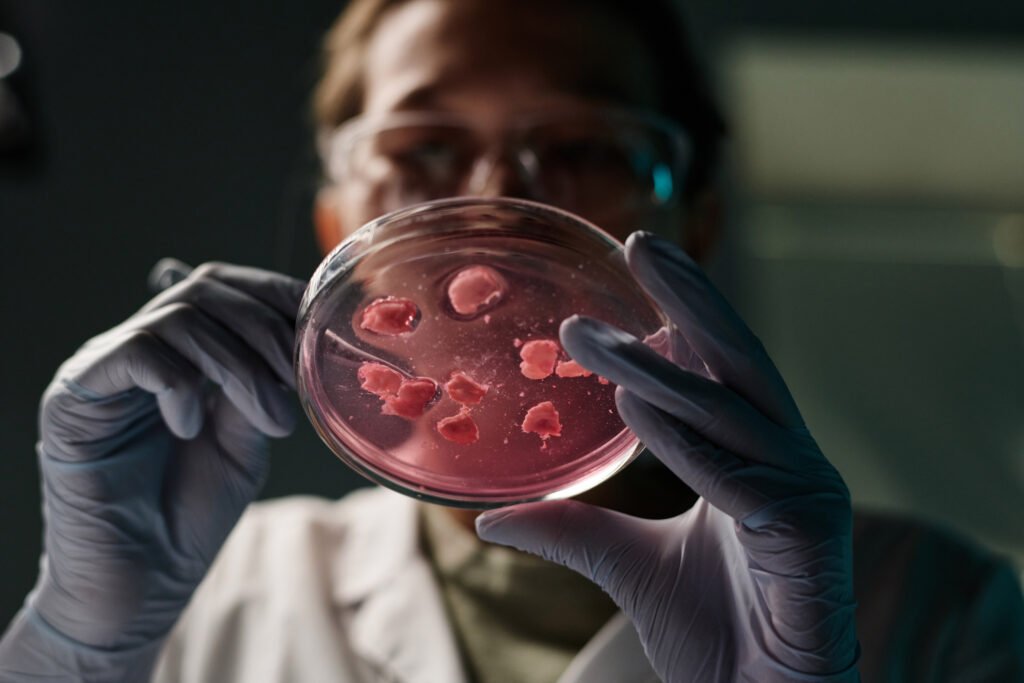
Gonorrhea is one of the most common sexually transmitted infections. Initial symptoms include a whitish, greenish, or yellowish discharge and burning sensation while urinating but most people do not experience any symptoms. This is mostly treated with the use of antibiotics. In the year 2029, there were more than 616550 gonorrhea cases in the United States. Gonorrhea is an infection that is usually transmitted during sexual contact, and in this case during oral intercourse; this is sometimes characterized by a sore throat but usually passes unnoticed.
Gonorrhea is a “notifiable disease”, that is, the physician has to notify all the cases to the authorities and cases like this. This assists them in organizing treatment as well as foci and strategies for their prevention.
Symptoms:
For those with a penis:
Discharge of white, green or yellow color
Pain or swelling in the testes
Swelling of the prepuce
About females:
Increased vaginal secretions
Bleeding eras inter-menstruation
Treatment:
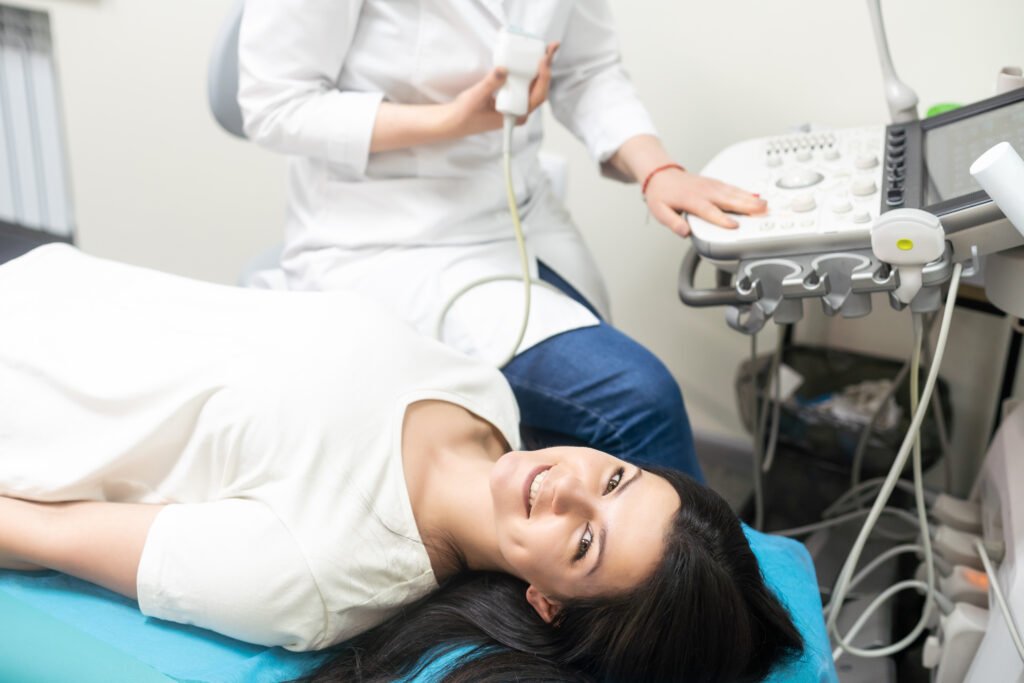
Some patients have Neisseria gonorrhoeae which is treatable only with further therapy, which is not required. Gonorrhea being a sexually communicable disease requires a treatment that is mainly the use of antibiotics.
It is critical to begin the treatment as soon as possible. Some of these complications can be treated, but they are already due to the disease and can’t be undone.
Ceftriaxone (Rocephin) treatment was provided by CDC treatment guidelines prescribing a single shot of 500 mg of the drug.
- Human Papillomavirus (HPV)
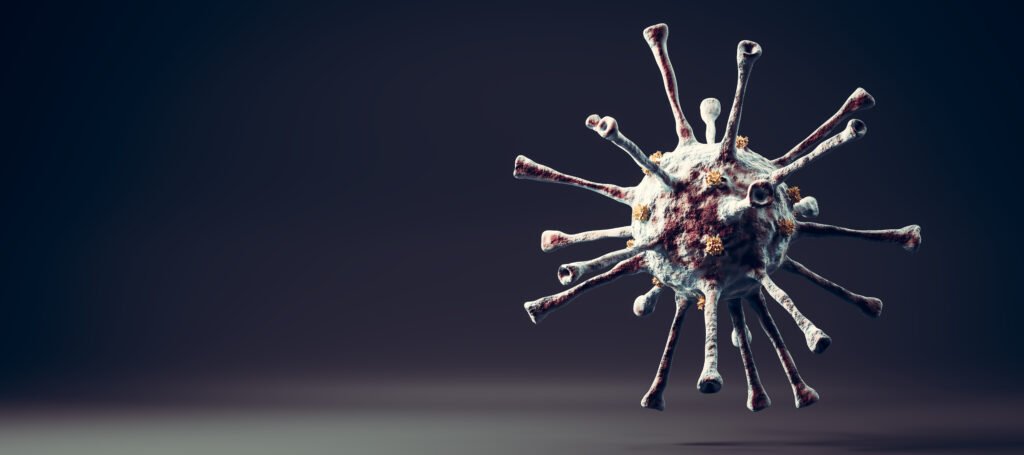
Sexually transmitted such as HPV typically comes in the form of a virus. Because of its effects, warts will also develop and increase the threat of certain types of cancer. Vaccines exist to minimize the probability of acquiring HPV. In the USA, nearly 79 million people are infected with HPV, with estimates of 14 million new cases arising every year.
Different sorts and subtypes of HPV have cancer-associated risks and are present. Almost 19400 women and 12100 men in the USA develop cancers associated with HPV every year.
Symptoms:
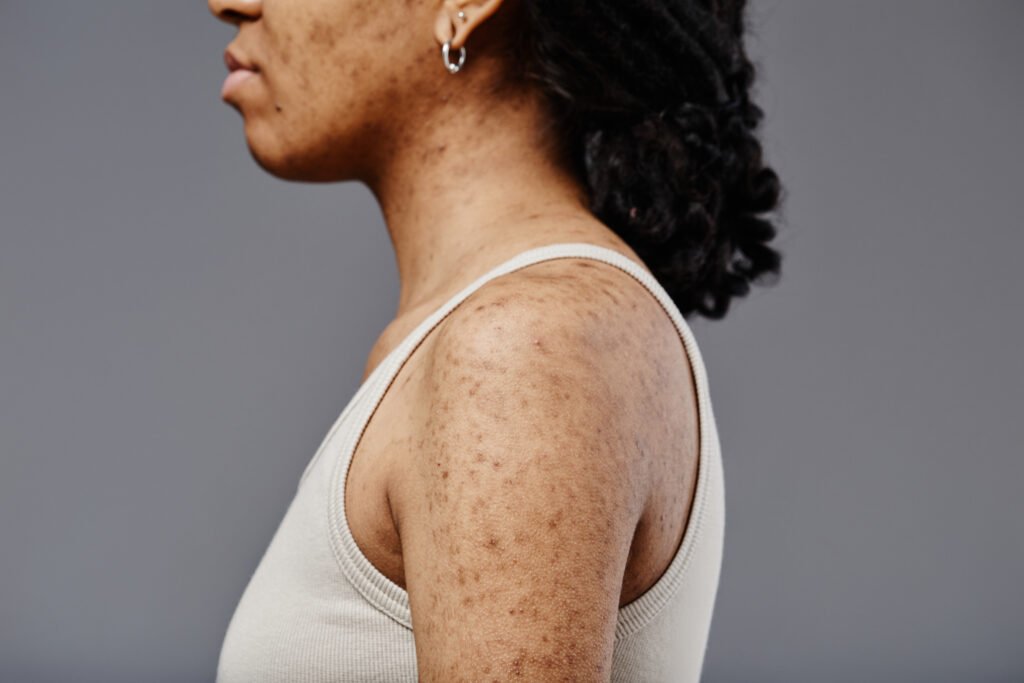
Some manifestations of HPV symptoms may be a manifestation of HPV years after someone has been afflicted with the virus. Some variants lead to the development of warts, while others produce swelling which is cancer-causing.
Genital Warts:
May or may not have one small bump or may cluster into numerous bump
Can be in big and small sizes either flat or looking like cauliflower.
Can be white, pink, red, purplish-brown, or skin-colored.

Treatments:
There’s no cure to remove HPV from your body, but you can remove the warts:
Common Warts:
Over-the-counter salicylic acid products (not for genital warts)
Prescription Medications:
Imiquimod
Podofilox
Trichloroacetic acid
Chlamydia is defined as an infection spread by sexual contact and can affect any sexually active individual. It is usually asymptomatic. It is treated by doctors in almost all cases with antibiotics.
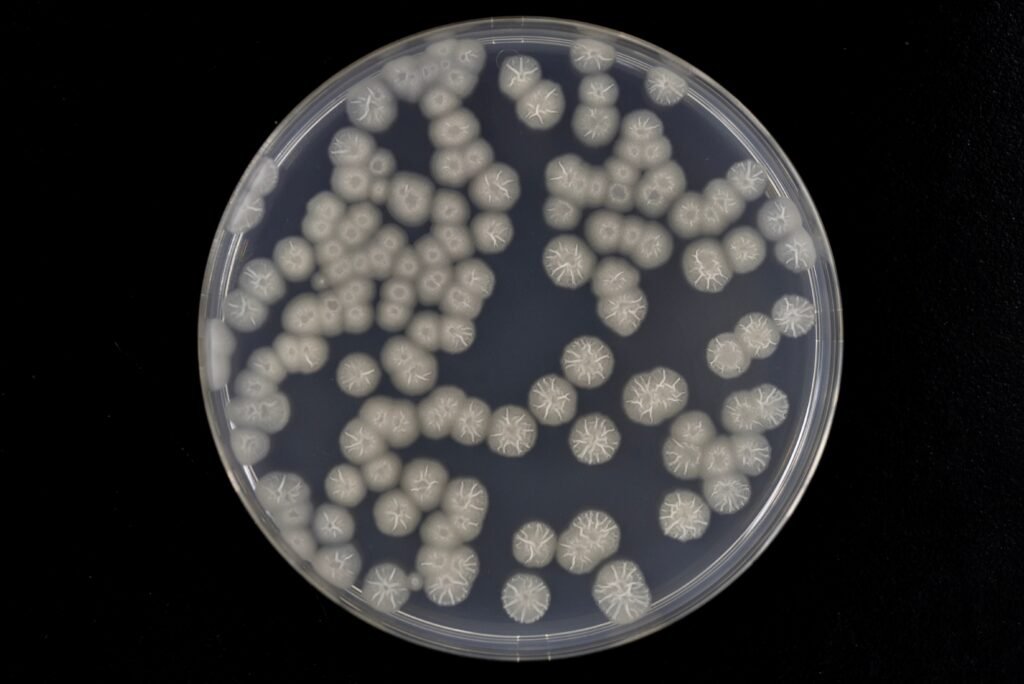
The Centers for Disease Control stated that chlamydia recorded close to 1.8 million cases in the US in the year 2018.
Symptoms:
In women:
Changes in the discharge from the cervix
Menstrual bleeding or any other kind of bleeding after having intercourse
Urgency or in more cases painful urination
In men:
There is pain or tenderness and swelling as well of the urethra or testicles
Chlamydia can lead to PID, a condition that has an impact on infertility when it advances to the uterus and fallopian tubes.
Treatment:
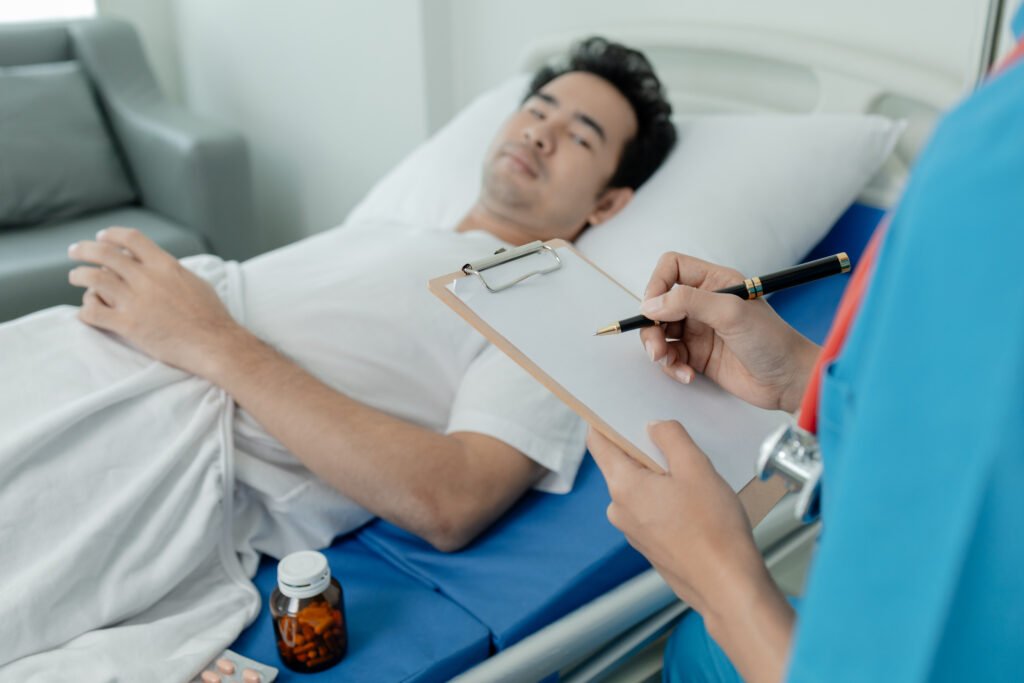
For the sake of health, it is very essential to seek medication. Antibiotic medications include:
Treatment regimens are still the same
Azithromycin: One-time 1g dose
Doxycycline: 100mg 7 days
Ofloxacin: 300-400mg
- Syphilis
Antibiotic treatment can cure syphilis, an STD caused by bacteria. If you leave severe damage untreated, it can result.
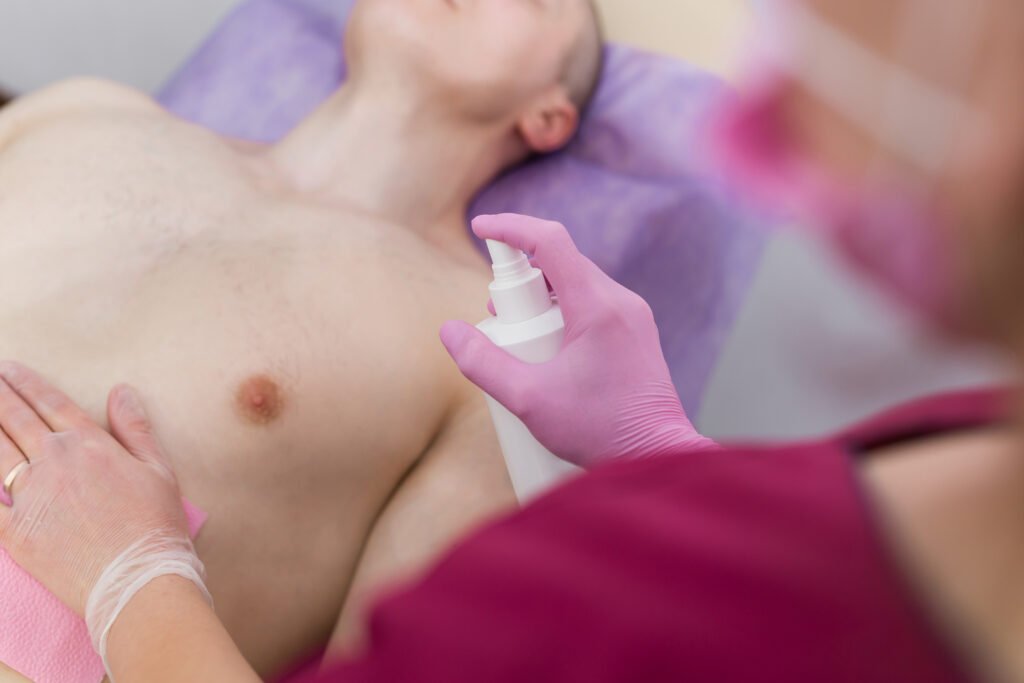
Scientists have demonstrated that a bacteria called Treponema pallidum causes it, and it progresses through four distinct phases: primary, secondary, latent, and tertiary.
Symptoms:
Primary Stage:
One or more painless sores called chancres
Appears 10 days to 3 months following exposure
Usually, heal within 6 weeks, but the bacteria move to the syphilis infection if there is no cure.
Secondary Stage:
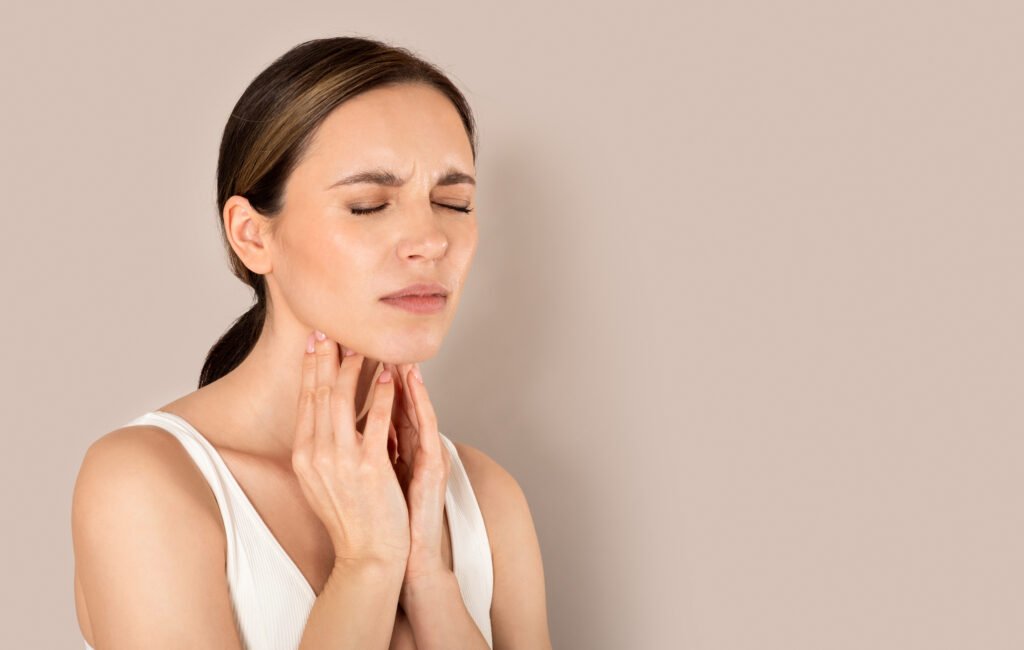
Unpleasant but not itchy rashes Notable causing a fever: a rough rash
Sores that have Gray or white color
Muscle pain
Elevation of body temperature Fever
Pain in the throat
Swollen glands
Treatment:
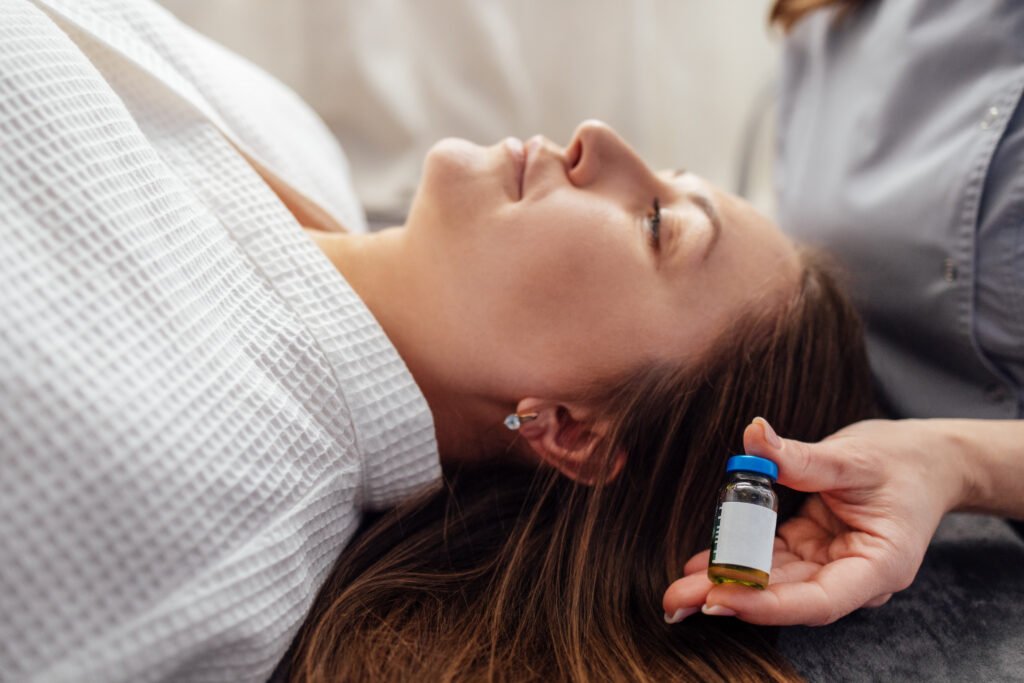
Antibiotics: In most cases, Penicillin by way of intramuscular injections
Preventing further progression of the disease.
Cannot go back to what was in the past
Allergic patients may require penicillin desensitization therapy.
- Herpes:
Herpes simplex (HSV) causes herpes infection.. It results in the appearance of a sore or vesicle around the mouth or the genitals. Currently, doctors can only manage the infection as there is no cure available.
HSVs disease have two types:
Types of HSV’s:
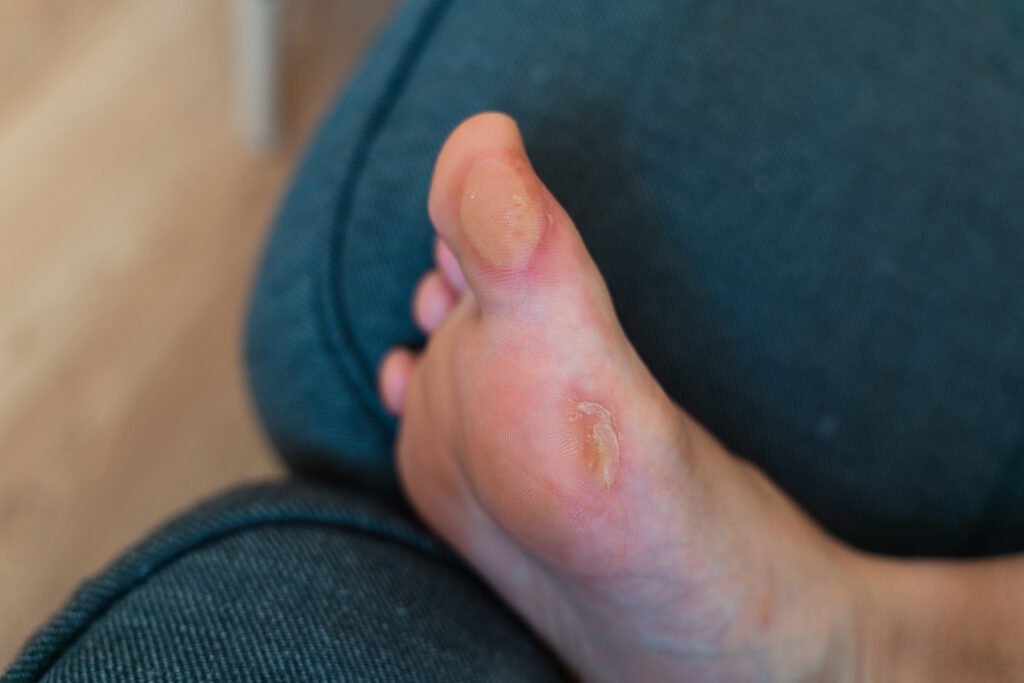
Herpes simplex-1 : Most often results to oral herpes(fever blisters)
Herpes simplex-2: Most often results in genital herpes
Symptoms:
Sores or blisters
Pain and itching
Swollen lymph nodes
Fever and body pain
Feeling worse than usual.
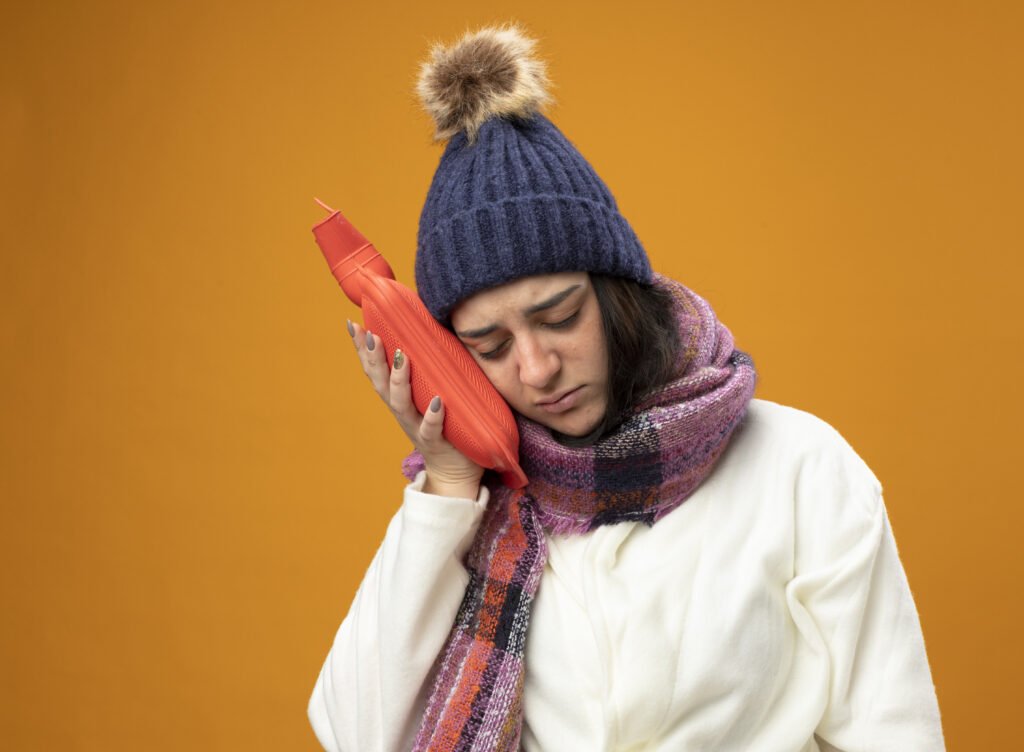
Treatment:
Antiviral Medications: Such as acyclovir for suppression of attacks
Over-the-counter medicines: Basics creams for soreness and tingling.
- Pelvic Inflammatory Disease (PID)
PID pelvis occurs when females’ internal reproductive organs become inflamed due to an untreated infection.
Symptoms:
Pain in the pelvis
Presence of fever
Feeling of tiredness
Menstrual cycles with mid-cycle spotting
Irregular menstrual cycles
Pains experienced during sexual intercourse
Treatment:
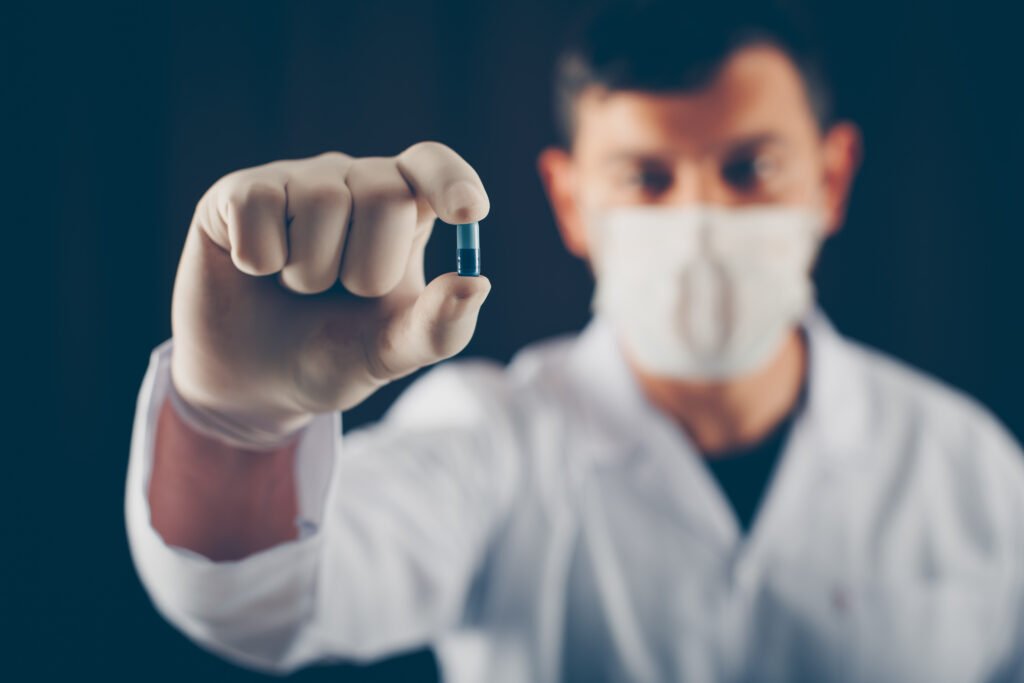
Antibiotic therapy:The course structure typically involves doctors administering many antibiotics in most cases.
Highly recommended to take it until the end.
Important to seek another treatment if no result in three days.
- HIV
HIV is a disease that specifically attacks the immune system’s white blood cells known as CD4 T cells. Hence, eventually, it can lead to AIDS, if unchecked.
Stages of infection with HIV disease:

Acute infection: Flue-like symptoms for about 2 to 4 weeks in the first few weeks after infection then disappearing
Chronic infection:The Virus stays dormant, ‘It can spike its reproduction but is mostly slow; it may not have any.’
AIDS:
The immune system incurs enormous damage, and without medical care, a person can expect to live for a maximum of around 3 years.
Symptoms:

Increase temperature
Feeling sick
Frequent watery sliding of bowels
Cephalalgia
Perspiration during the night or abnormal sweating
Lymph gland enlargemen
Treatment:
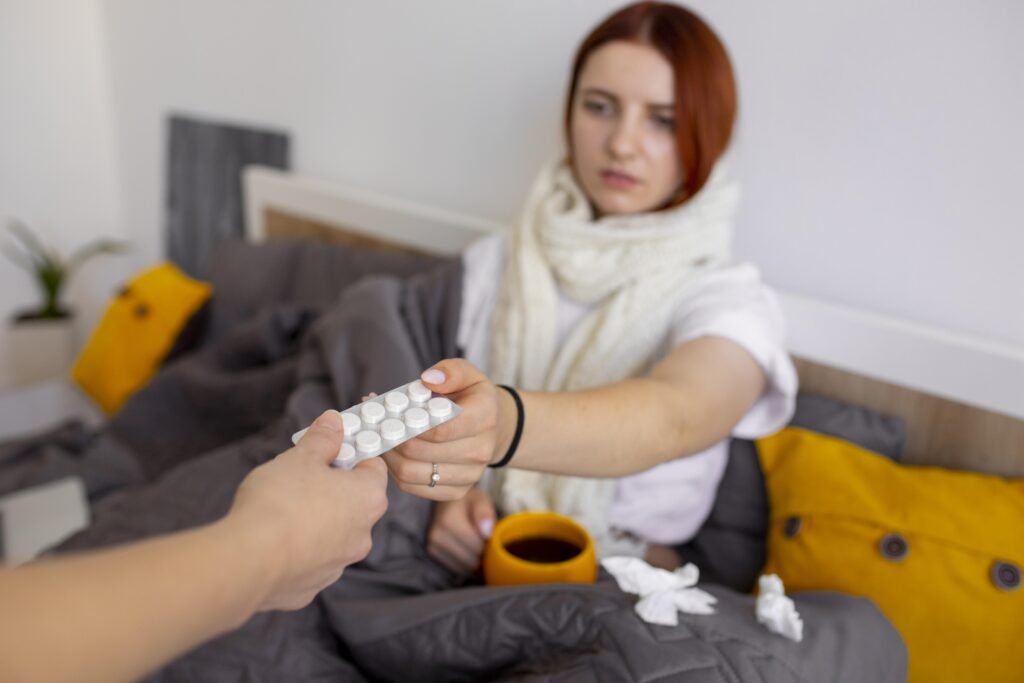
Antiretroviral Therapy (ART): Facilitates viral suppression in HIV-infected patients
Treatment can halt progression, but there is no cure.
Enables individuals to be able to live for a long time, in good health.
- Crabs: Pubic Lice (The Crabs)
Pubic lice are small insects that nestle into coarse human hair.
Symptoms:
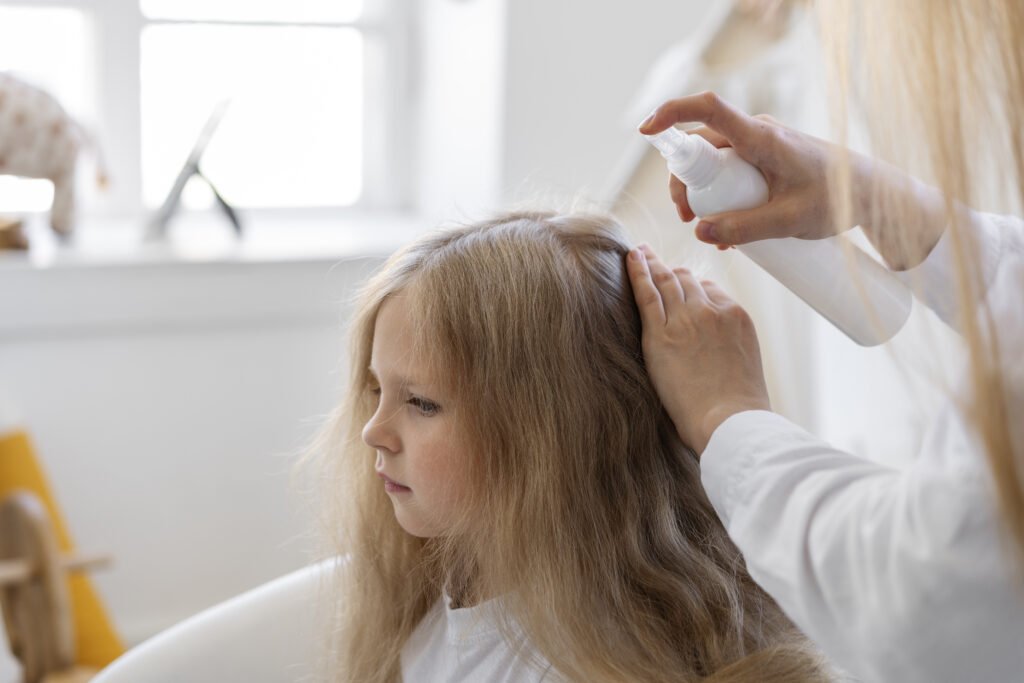
Itching in affected areas
Tiny red lesions
Blue stains on the thighs or lower abdomen
Dark dust (lice feces) on certain areas of the skin or the underwear
Treatment:

The Counter Medicines: 1% permethrin lotion or other preparations containing pyrethrins and piperonyl butoxide
Carefully follow instructions
Clean the lesions and use the cream or lotion as recommended
Remove the nits using fingernails or special combs
- Molluscum Contagiosum
It’s a viral disease that results in lesions or bumps on the skin.

The case of Molluscum Contagiosum exhibits the below symptoms.:
Dome shape bumps. Flesh-colored bumps with a dimple at the center.
Are present on the arms and face and sometimes also on the hands chest and stomach.
In general painless as well as does not cause any scratchy feeling.
Treatment:
Method of treatments ranges from:
This condition is often self-limiting, but treatment varies from:

Curettage: Removal of bumps with the help of scraping.
Cryotherapy: Applying extreme cold on the bumps.
Diathermy: This involves the application of electric current to remove the bumps.
Laser Therapy: Treatment of the bumps by irradiation.
Chemical Treatment:
The application of primary Scoops can sometimes be perfect for bursting the bumps from the most to the least offensive high potency galvanism, adulting the comeback to primary appendage involuntary activities to recover from relapses.
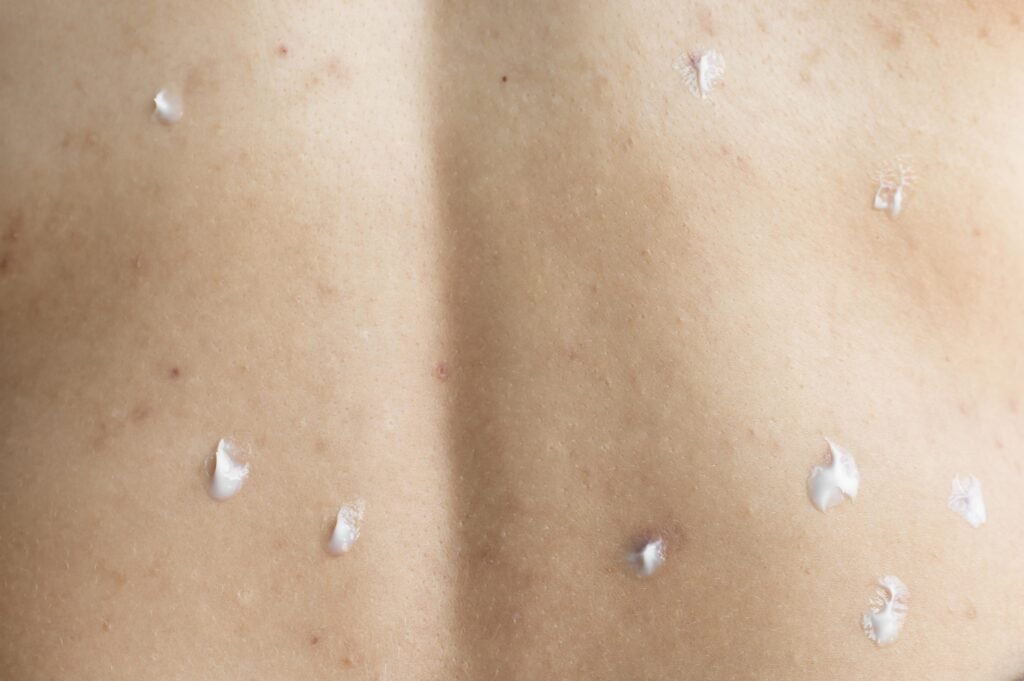
- Scabies. This is where tiny mites enter the skin causing a skin condition.
Symptoms:
Constant and intense itching, usually at night
Eruptions with small bocce line pattern
Wounds or abrasions due to scratching
A dense layer of scabs in the worst cases (crusted scabies)
Treatment:
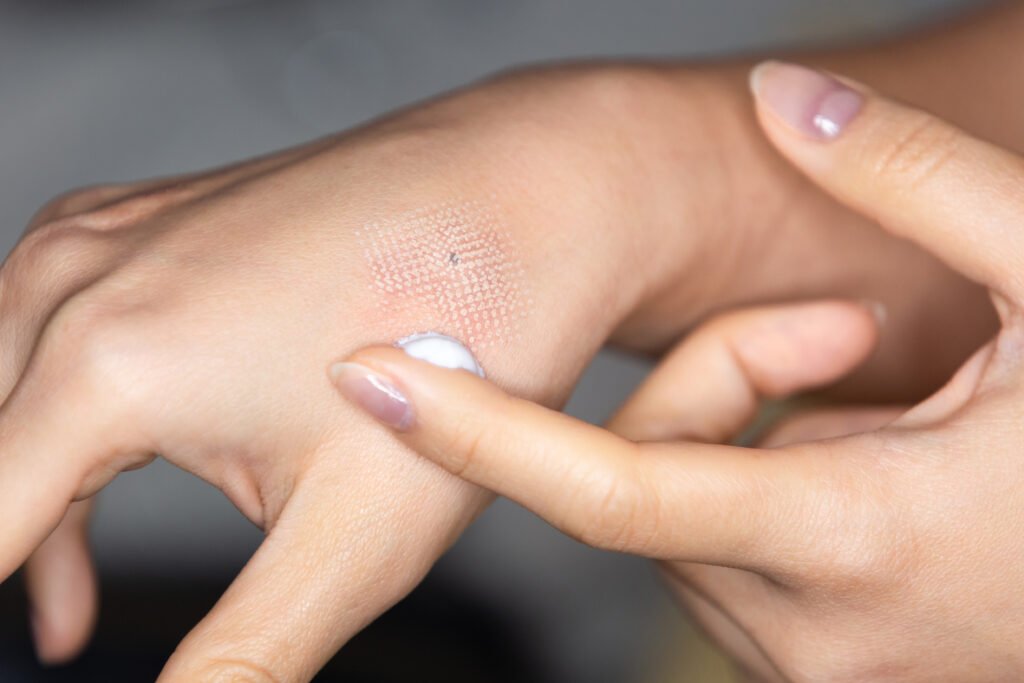
Topical Medications: 5% permethrin clock cream, crotamiton clock cream, or lindane lotion
Oral Medication: Ivermectin in selected instances only
Additional Medicines: antihistamines, anti-itch lotions, antibiotics, steroid cream




